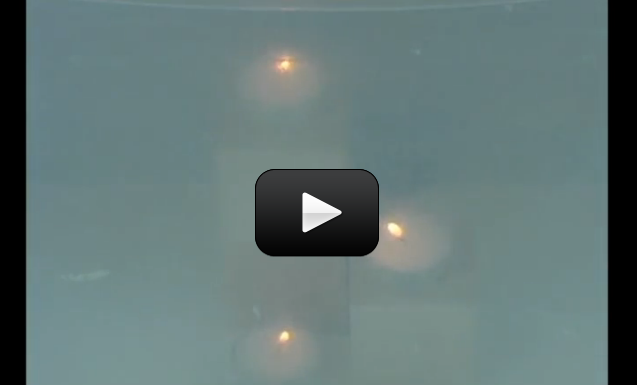Fire is a chemical reaction (combustion) involving hot gases and plasma. The three things you need for a flame are oxygen, fuel, and a spark. When the fuel (gaseous wax) and oxygen (from the air) combine in a flame, one of the gases produced is carbon dioxide.
Most people think of carbon dioxide as dry ice, and are fascinated to watch the solid chunk sublimate from solid straight to gas, skipping the liquid state altogether. You’ve seen the curls of dry ice vapor curl down and cover the floor in a thick, wispy fog. Is carbon dioxide always more dense than air, or can we get it to float?
Please login or register to read the rest of this content.


AWESOME!!!!!!!!!!!!!!!!!!!